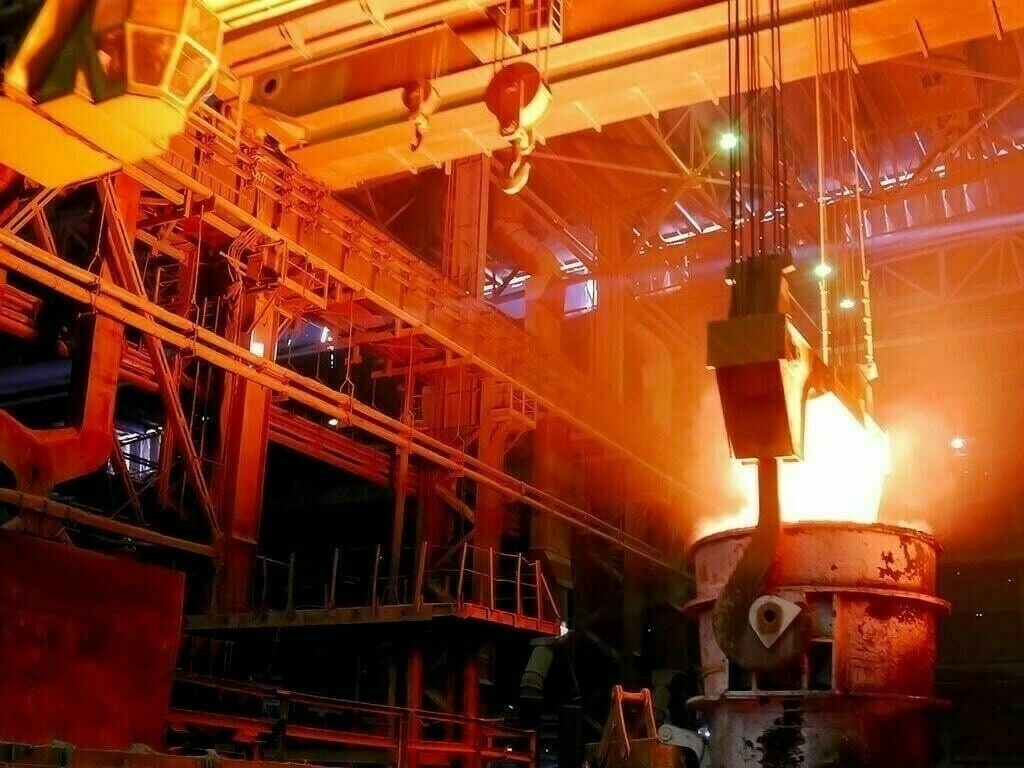Chevron Corporation’s announcement of its intention to acquire smaller rival Hess Corporation in a $53 billion all-stock transaction has elicited various reactions from analysts and investors. Here are some of the notable responses:
Royal Bank of Canada: The timing of this deal is somewhat surprising, especially considering that Chevron could have afforded to bide its time following Exxon Mobil’s recent Pioneer deal. While the acquisition addresses concerns regarding Chevron’s portfolio concentration in the Permian Basin and the lack of growth depth elsewhere, it comes at a certain price due to relative multiples between the two companies. Over the long term, Chevron stands to gain a stronger and more diversified portfolio, which should benefit shareholders. However, in the near term, this news might exert downward pressure on Chevron’s shares.
MKP Advisors: Hess has long been considered a potential target for major players in the industry. John Hess’s stance as a non-seller was seen as a key reason behind such a deal not materializing until now. With John Hess approaching his 70th year, it appears he now sees a transition of Hess to a new ownership structure as appropriate. While there may be discussions about the idea of super-majors pivoting back to fossil fuels instead of focusing on renewables, this is a topic more relevant to Chevron’s shareholders and management than a threat to the deal.
Peter McNally, Third Bridge: The recent acquisition activities of Chevron and Exxon Mobil harken back to the era of “super majors” that transformed the oil industry 25 years ago. During that period, the super majors were consolidating to reduce costs. Today, the companies being acquired, such as Hess and Pioneer Natural Resources, have concentrated asset bases and expertise in specific resource development.
Viktor Katona, Kpler: Hess has a limited presence in the Permian Basin but is a leading producer in the Bakken Basin in North Dakota. Therefore, Chevron’s acquisition extends its reach rather than focusing on a specific play. This transaction introduces an interesting dynamic, as the two leading U.S. oil majors will coexist in Guyana. Chevron becomes a significant player in Guyana as the country ramps up production, but it also coexists with one of its major competitors in the same project. Hess’s focus on crude production, with oil accounting for 60% of its current output, aligns well with Chevron’s oil-focused portfolio.
Robin Helander, Rystad Energy: North America-based M&A has reached over $130 billion prior to the Chevron-Hess merger, setting a seven-year record high. The stage is set for increased M&A and industry consolidation, given the record profits generated last year and the substantial cash reserves held by public exploration and production companies. The merger is expected to significantly impact the shale oil industry, making Chevron the second-largest shale producer in the United States and likely triggering further M&A and consolidation in the North American shale sector.



